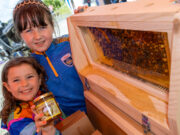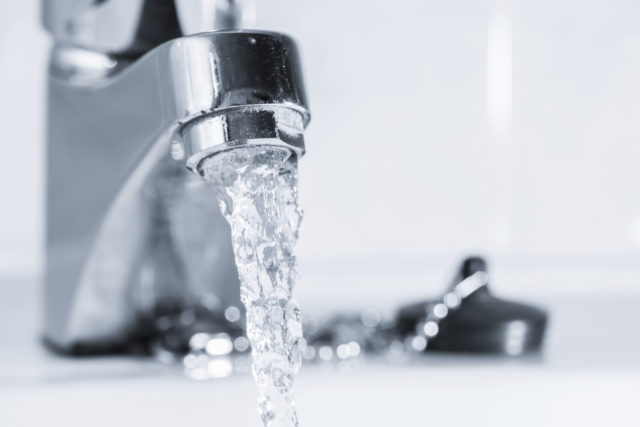An exceedance of the pesticide Glyphosate has been detected in the Borris-in-Ossory public water supply.
Though the levels are not a threat to public health, Irish Water says it is “undesirable”.
The detection was recently found following zero exceedances in Laois public drinking water supplies in 2019 and 2020.
Irish Water is urging domestic gardeners, farmers, grounds keepers and other users of pesticide products to consider the environment and whether pesticide use is necessary in the first instance.
Irish Water is asking users of any herbicide or pesticide products in the River Nore catchment to consider the vulnerability of the water supplies to pesticide contamination and the importance of this supply to the local homes and businesses in the community.
Irish Water, working in partnership with a range of organisations involved in the NPDWAG, is asking the farming community, greens keepers, grounds keepers, and also domestic users of pesticides, to consider in each case whether they need to use pesticides at all.
“Minimising pesticide use not only helps to protect water quality but also has wider environmental benefits,” said a statement from Irish Water at the weekend.
“For example, leaving areas unsprayed can help native flowering plant species to grow and support a range of insects including bees and other vital pollinators.
“One third of Ireland’s bee species are threatened with extinction and by helping the bee population survive and thrive we are also helping to protect our precious water sources.
“For more information on practical ways to help bees and other pollinators, check out the All-Ireland Pollinator Plan at www.pollinators.ie.
“Farmers should also bear in mind that application of herbicides reduces sward species diversity and could negatively impact on payments in future agri-environmental schemes.
“Where pesticide use is considered necessary, the NPDWAG is working with local communities to ensure that best practice measures to protect drinking water sources and biodiversity are always followed.
“Farmers and other landholders dealing with the challenge of rushes should note Department of Agriculture, Food and the Marine (DAFM) guidance on the sustainable management of rushes.
“This approach is based on the concepts of containment or suppression, and aims to minimise the use of pesticides. More information on this can be obtained from your local farm advisor or on www.pcs.agriculture.gov.ie/
The NPDWAG is chaired by the DAFM and involves key stakeholders from a range of Government departments and agencies, local authorities, industry representative bodies, farming organisation, water sector organisations and amenity sector organisations.
Andrew Boylan, Irish Water’s Regional Drinking Water Compliance Specialist said: “In Co Laois, the exceedance of the drinking water regulations for Glyphosate was noted in the Borris-in-Ossory Public Water Supply following routine sampling last year.
“While our consultation with the HSE has concluded that the levels seen do not represent a threat to public health, it is however undesirable and therefore imperative that users of pesticides are mindful of best practice when using herbicides or pesticides and seek out alternatives.”
If pesticides have to be used, the basic steps to reduce risks to drinking water sources and the aquatic environment are:
- Choose the right pesticide product (note that products containing MCPA are NOT approved for use in weed-wipers, and are not permitted to be used from the end of September until the beginning of March)
- Read and follow the product label
- Determine the right amount to purchase and use
- Don’t use pesticides if rain is forecast in the next 48 hours
- Make sure you are aware of the location of all nearby water courses
- Comply with any buffer zone specified on the product label to protect the aquatic environment. Mark out the specified buffer zone from the edge of the river or lake or other water course and drainage ditches
- Avoid spills, stay well back from open drains and rinse empty containers 3 times into the sprayer.
- Store and dispose of pesticides and their containers properly.
- Never fill a sprayer directly from a water course or carry out mixing, loading or other handling operations beside a water course
Further guidance:
- A video on the best practice use and application of products containing MCPA can be viewed on Irish Water’s YouTube channel at https://youtu.be/xQqtZ7jifUs
- Information leaflets on pesticide use are also available to download from the Teagasc website at www.teagasc.ie/environment/
water-quality/farming-for- water-quality-assap/improving- my-water-quality/protecting- drinking-water-from- pesticides/ - A guide providing 10 easy steps towards responsible pesticide use in public and amenity and garden areas is available at www.pcs.agriculture.gov.ie/
media/pesticides/content/sud/ ResponsiblePesticideUsePublicA menityGardenAreas200217.pdf
SEE ALSO – The week that was: Our most read stories of the past week





























